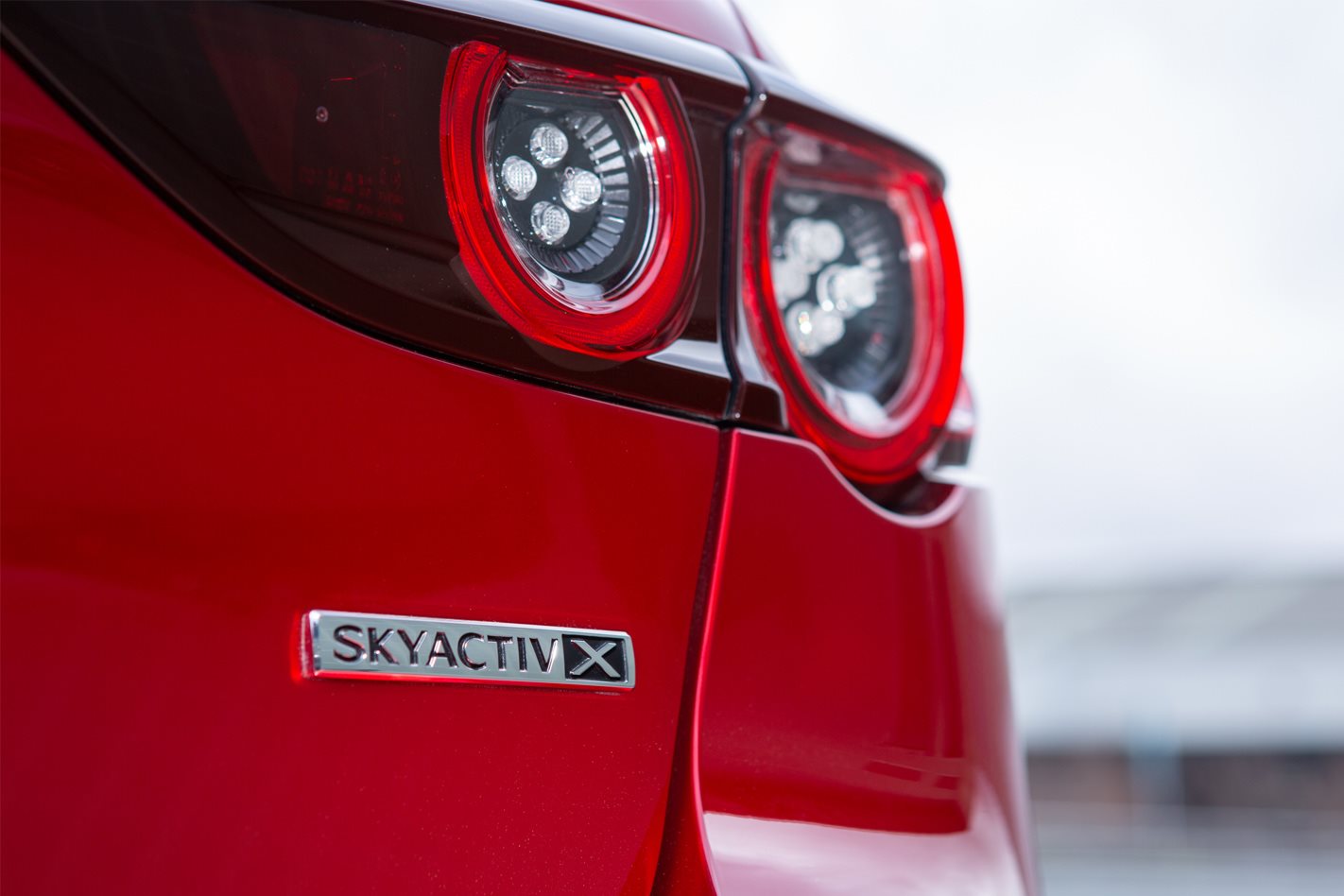
What is the Mazda 3 X20 Astina?
As well as the first model to gain Mazda’s revolutionary compression ignition petrol engine, it is quite possibly a contender for the title of Australia’s longest car variant name.
Refer to it with its full moniker and you’ll need enough page space for Mazda 3 X20 Astina Skyactiv X M Hybrid.The variant sits at the top of the model range with a $40,590 asking price or $1000 more for the auto, and shares all other mechanicals beyond the engine and transmission with the more conventionally powered – and $3000 cheaper – Astina.We’ve already given that car the full review so you can read all about it here. For this first drive, we’ll be focusing only on the new powerplant.
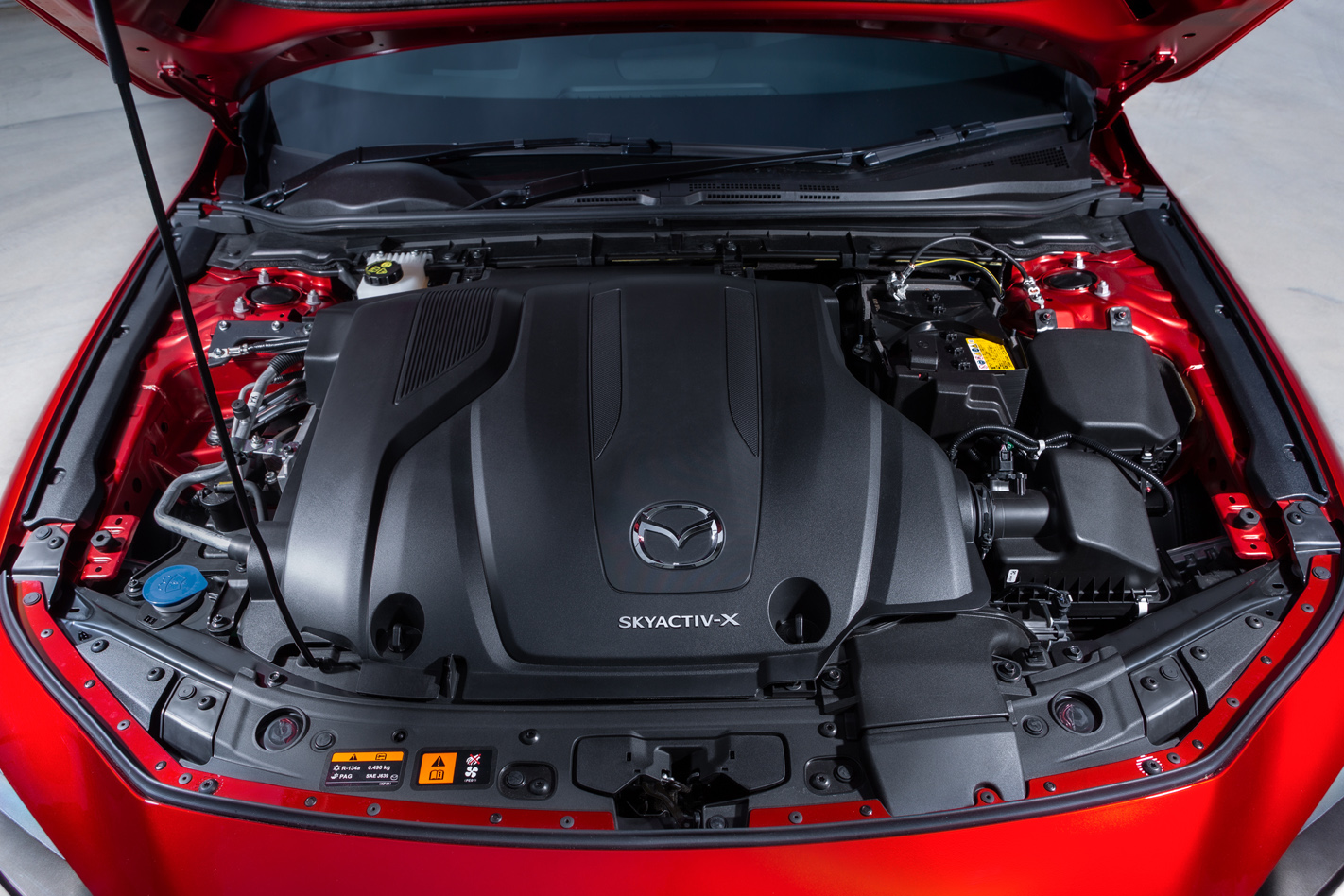
The same engine will also be joining the CX-30 line-up from September and, while you can expect similar performance, you’ll have to wait until we’ve driven the crossover equivalent for the lowdown.
What is the Mazda 3 X20 Astina like to drive?
Perhaps we were going into a brief test drive with too many expectations but, if we hadn’t been told there was something different about the Mazda 3’s engine, we may have mistaken it for any other mild-hybrid petrol.
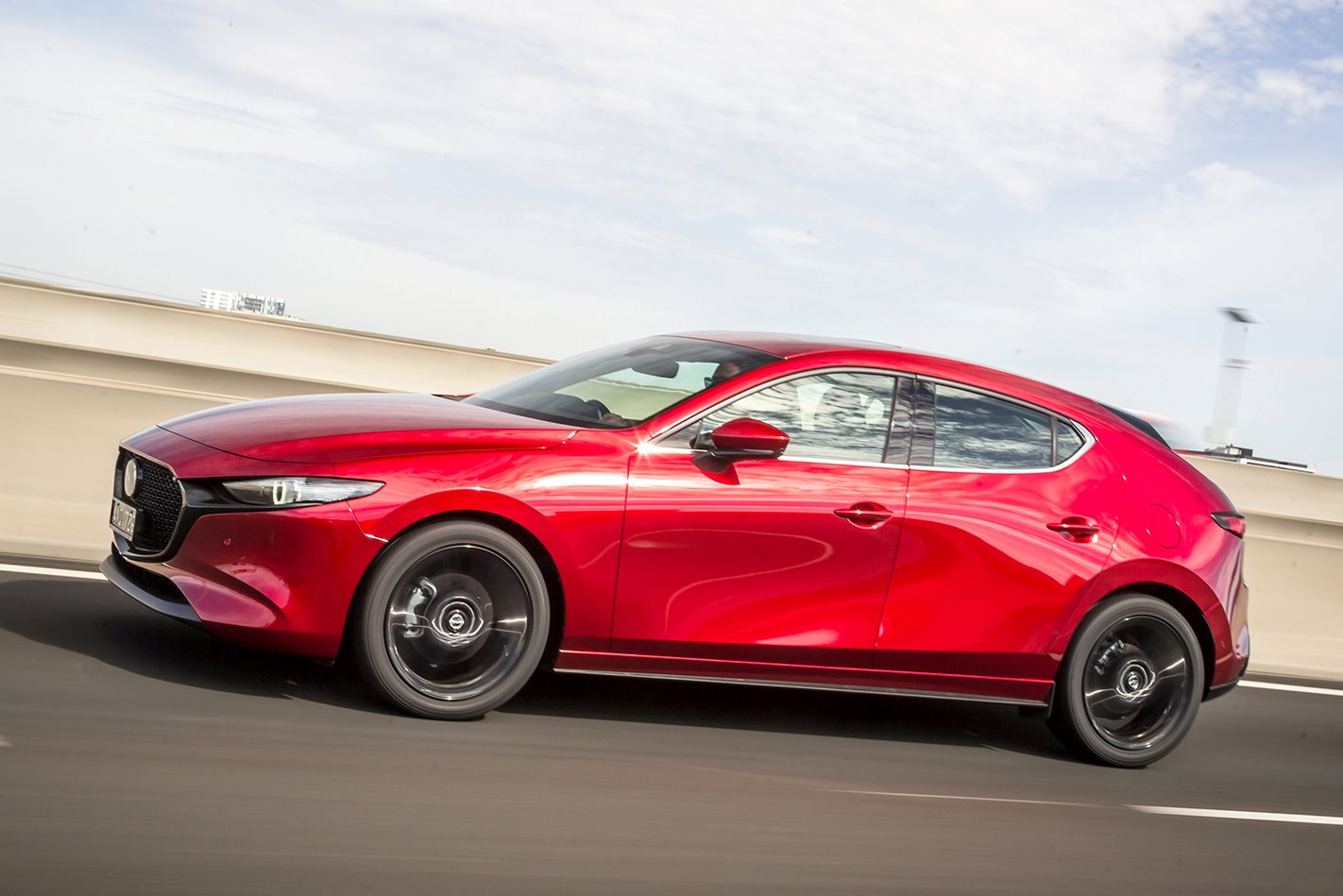
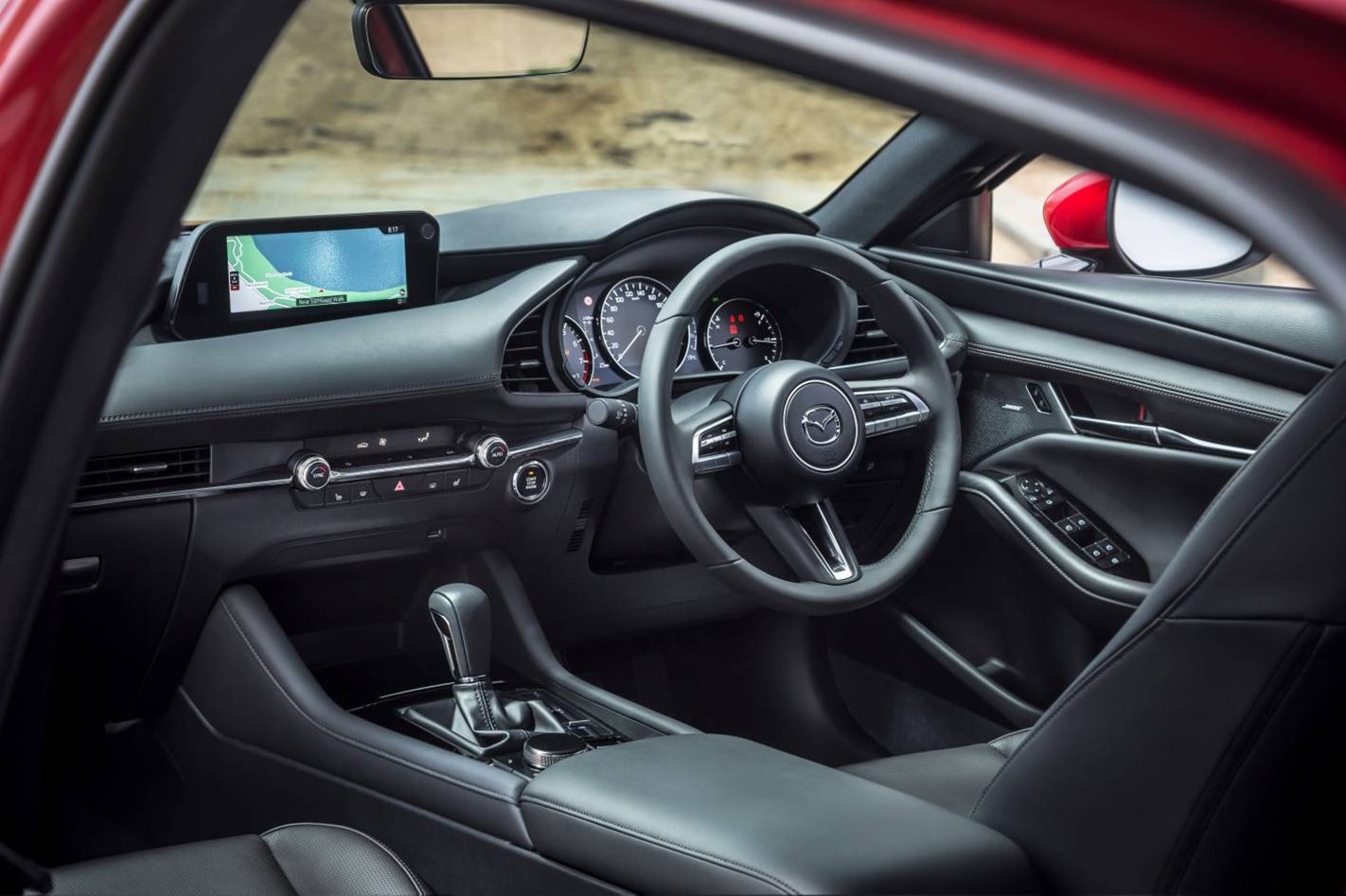
There aren’t many other supercharged petrol engines on the market to compare like for like, but the smaller 1.8-litre that powers the Lotus Elise produces 250Nm.Fortunately, Mazda’s claim that the new unit has all the advantages of a sophisticated petrol engine are certainly true. The 2.0-litre four-cylinder is most happy near the high 7000 rpm redline and is satisfying to send it there. The 132kW of power it produces at 6000 rpm is respectable but still not game-changing.Acceleration is strong at higher engine speeds, throttle response is excellent and the versatility of the power is impressive, but it’s still not the performance hero we were hoping for.
It’s probably unlikely to find its way into a full Mazdaspeed model but that doesn’t stop the newest engine being impressive if for nothing other than its incredible normality.Although we would be happy to be wrong about that because it would mean this fascinating engine has a lot more up its sleeve.
That said, the success of this engine should be gauged not on its performance credentials but on its economy, says Mazda.
What is the Mazda 3 X20 Astina like to live with?
Despite its diesely intent, the Skyactiv X engine is not clattery or rattly. It sounds largely like, in fact, one of the more conventional naturally aspirated Mazda engines.
Part of that noise is piped in via electronic enhancement, but it’s not unrealistic or fanciful as some other augmented sounds are.
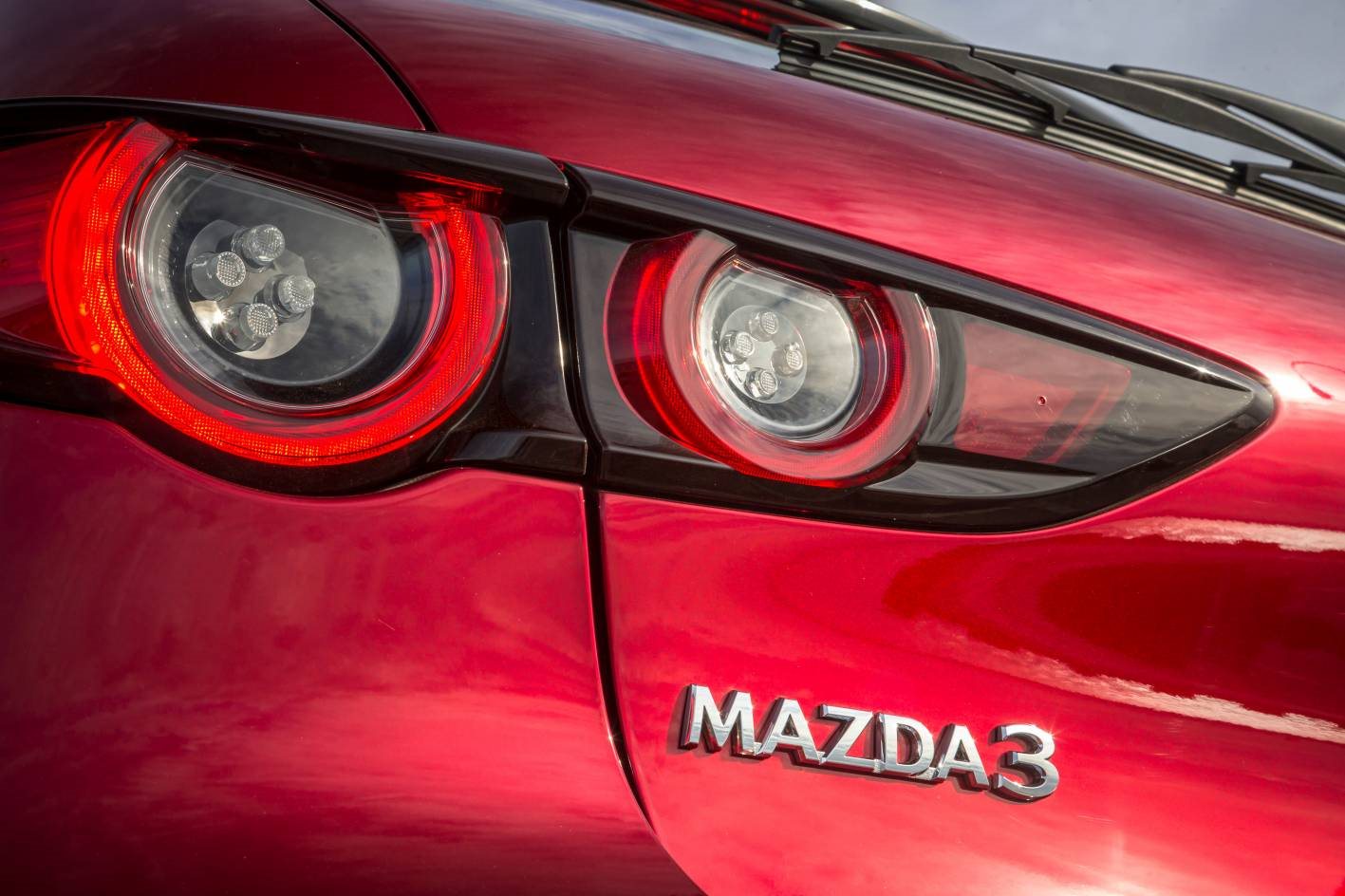
That’s a few drops above the company’s claimed 5.5L/100km (auto) but certainly in the ballpark if a lighter foot is used.On the contrary, with an added boost of electric assistance improving stop and start traffic negotiation, as well as the fuel consumption benefits that come with it, the Skyactiv X engine may well be the pick from a practicality perspective.We will reserve that verdict until a longer-term test, however.
Is the Mazda 3 X20 Astina worth the money?
Good question. If the new Skyativ X engine doesn’t offer a significant performance advantage, then surely its claimed efficiency is the key selling point?
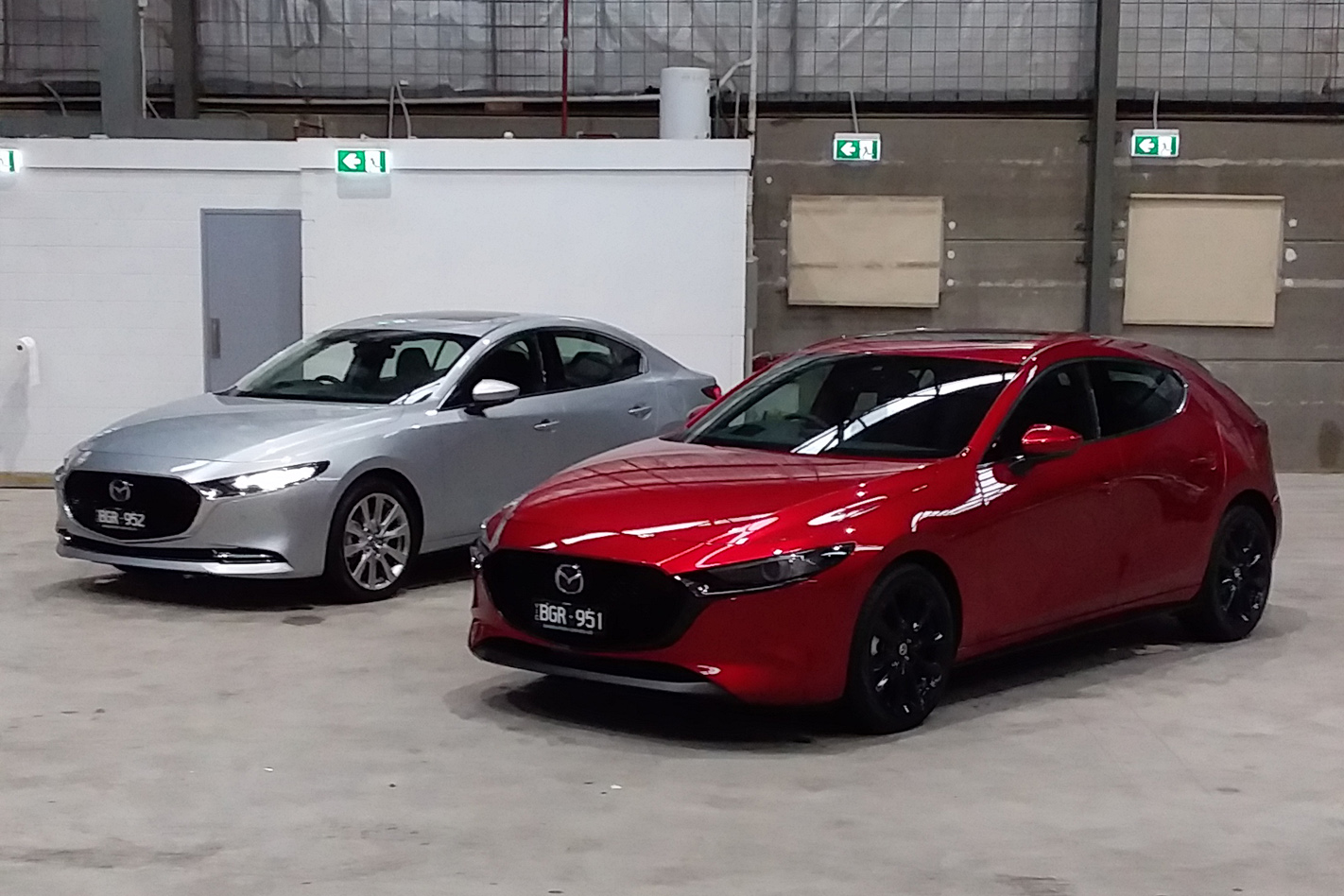
If the best claimed economy is achievable the savings could be significant. If not, it’s hard to see the price premium justified.
Although the true value proposition is disguised to some degree by the new engine only being offered in the highest grade Astina variant.If you’re shopping around the premium end of the Mazda 3 range – and you absolutely should if the budget allows – then the new X20 option is probably the most efficient version in the line-up. And it manages that with a welcome power and torque boot over the 114kW/200Nm entry version 2.0-litre.
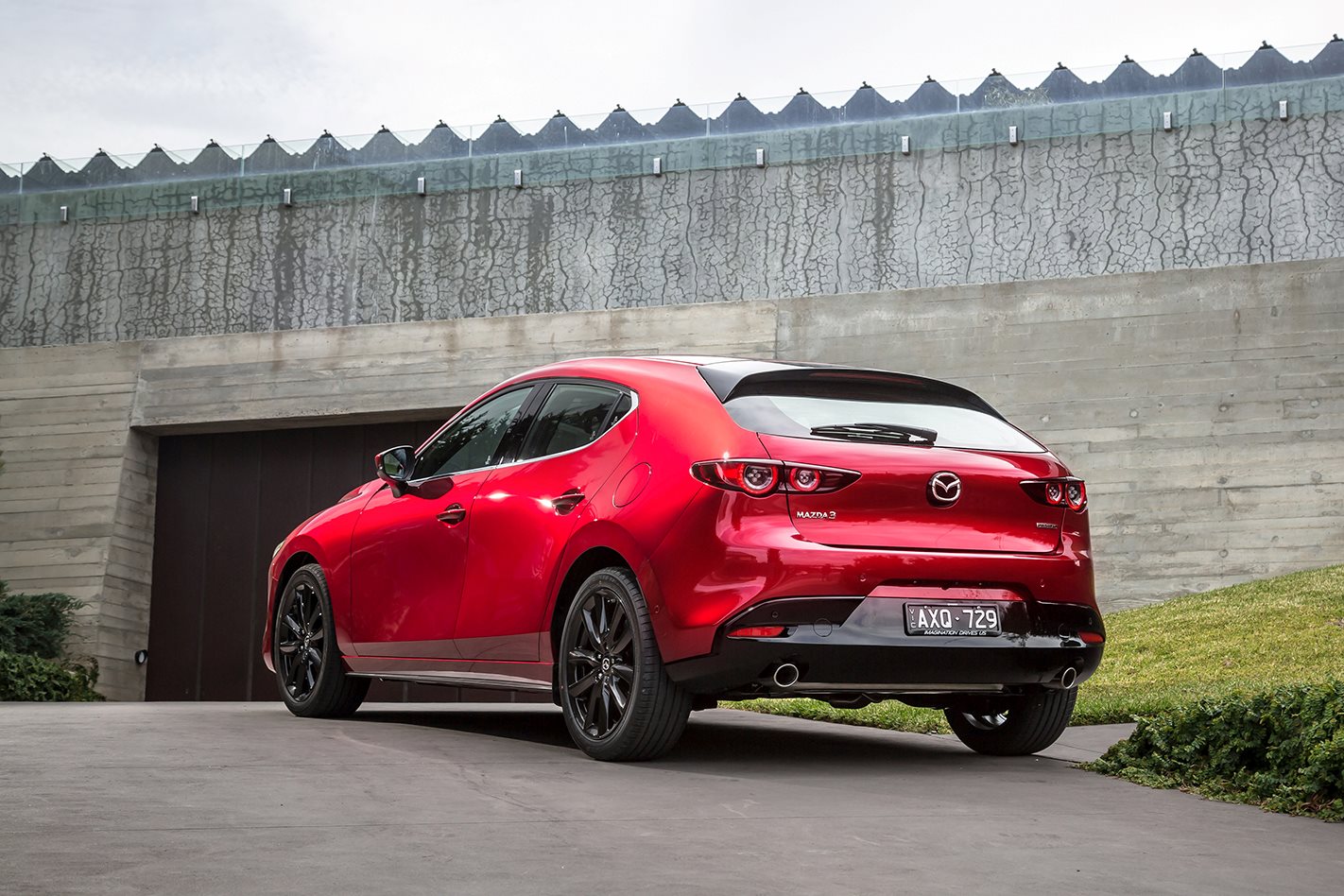
But now to clear up that abbreviation blizzard we mentioned at the start…
Mazda Skyactiv X glossary
HCCI – Homogenised Charge Compression Ignition
Unlike a diesel engine, which injects fuel into the cylinder at the exact moment combustion is required, the Skyactiv X engine introduces fuel and air already mixed or homogenised.
Mazda says this approach allows faster combustion and leaner mixtures of air and fuel – the principle behind its efficiency claims.
SPCCI – Spark Controlled Compression Ignition
While true diesel engines have no spark plugs (they initiate ignition purely by squeezing air until it supports spontaneous combustion) confusingly, the Skyactiv X engine still needs spark plugs.
That’s because compression ignition can only occur under very specific conditions. For the rest of the time, the engine runs as a normal petrol engine.

However, even when the conditions permit, spark plugs still play a role, and the ignition caused by compression is actually initiated by a spark still.
You’d be forgiven for arguing that the Skyactiv X engine isn’t, therefore, a true compression ignition engine. On a physical level, though, its type of combustion is different and only possible by the rapid combustion caused by compression ignition.
ISG – Integrated Starter/Generator
This is the core component of the Skyactiv X’s hybridisation. It replaces the separate components of a starter motor and alternator with a single component.
Unlike either of the more conventional items, the ISG is capable of applying a small amount of braking and acceleration to the car’s wheels via a belt connection with the crankshaft.
At low speed and accelerator applications, the X20 can use electric-only power, as well as regenerating power through braking.
GPF – Gasoline Particulate Filter
Like the ISG this component is not unique to the Skyactive X engine and is finding its way into many more modern petrol engines.
Particulate filters remove fine pieces of carbon from the exhaust gasses reducing the amount of pollutants released into the environment.
They have been commonplace on diesels for years but now finding greater relevance in petrol technology as emissions standards become more strict.
Verdict
Mazda’s vigil to make each drop of petrol go that little bit further is admirable and we respect the engineering challenges it has identified and clearly solved. This latest offering is proof that the Japanese manufacturer is still a leader in engine technology.
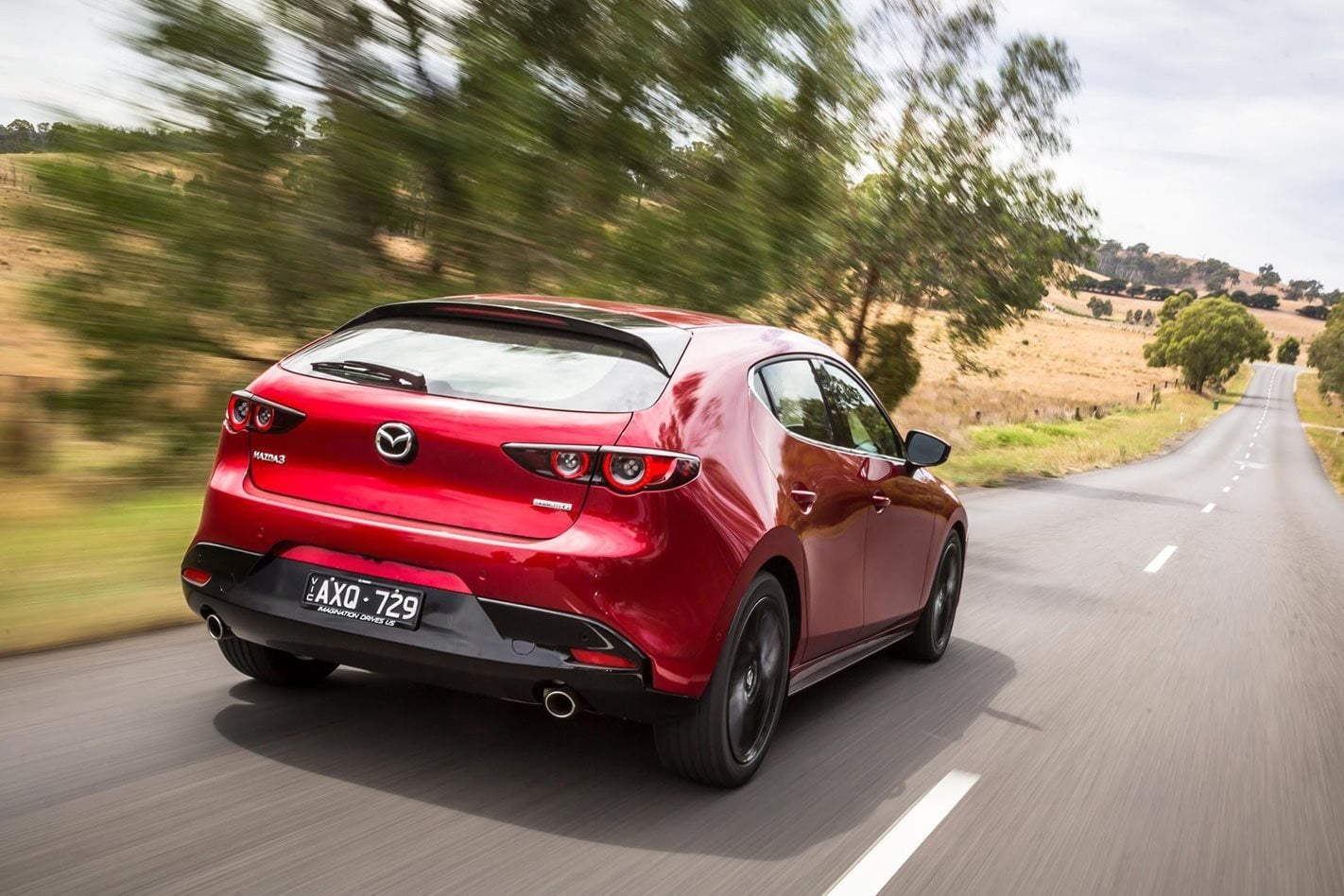
But the Skyactiv X engine is a case in point that pursuing combustion efficiency is a thankless game of diminishing returns.
At a time when many manufacturers are pumping resources into electrification and pure EVs, Mazda’s efforts to preserve petrol power seem a little late, but that doesn’t stop the car enthusiast in us breathing a little sigh of relief.




